Our Stories
Recent Articles
Behind the Scenes
Meet the Team: Photography and Technical Imaging Branch
The Photography and Technical Imaging Branch (PTIB) is responsible for the documentation of the historical buildings and grounds under the care of the Architect of the Capitol (AOC) and capturing the historic events within those spaces.
Behind the Scenes
Leading by Example
Charles "Doc" Wheatley, Assistant Supervisor of the Capitol Building Plumbing Shop's evening shift, has been a constant presence on the Capitol campus since 1987. That's when he accepted his first government position and began a decades-long career serving this treasured institution.
Behind the Scenes
Arborists on Campus — The Art of Tree Care
Thanking those who keep our trees thriving.
Behind the Scenes
Ducts in a Row
The experts at the House Mechanic Shop meticulously oversee campus HVAC systems, ensuring building temperatures are optimal for both daily operations and historic preservation.

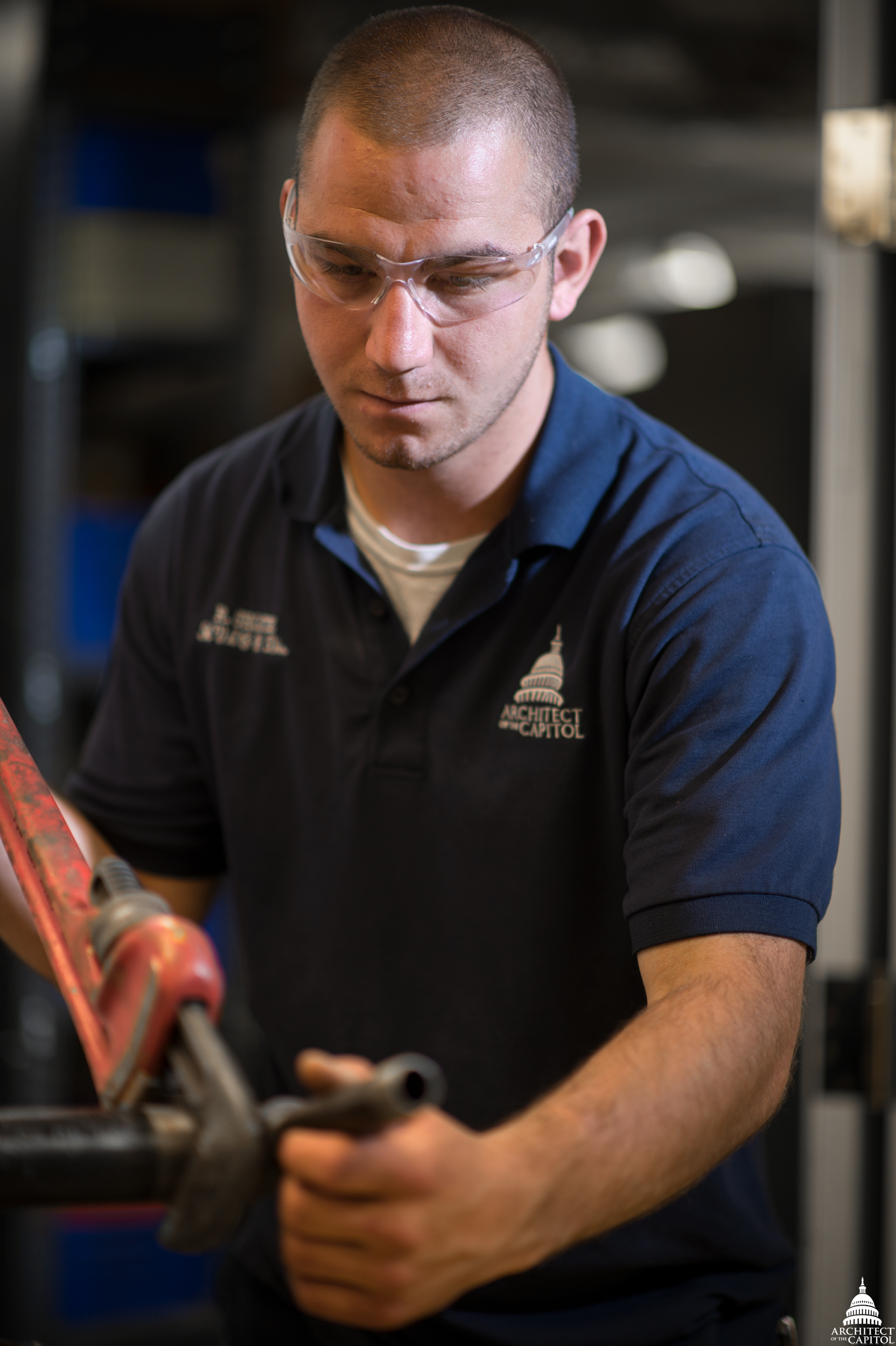
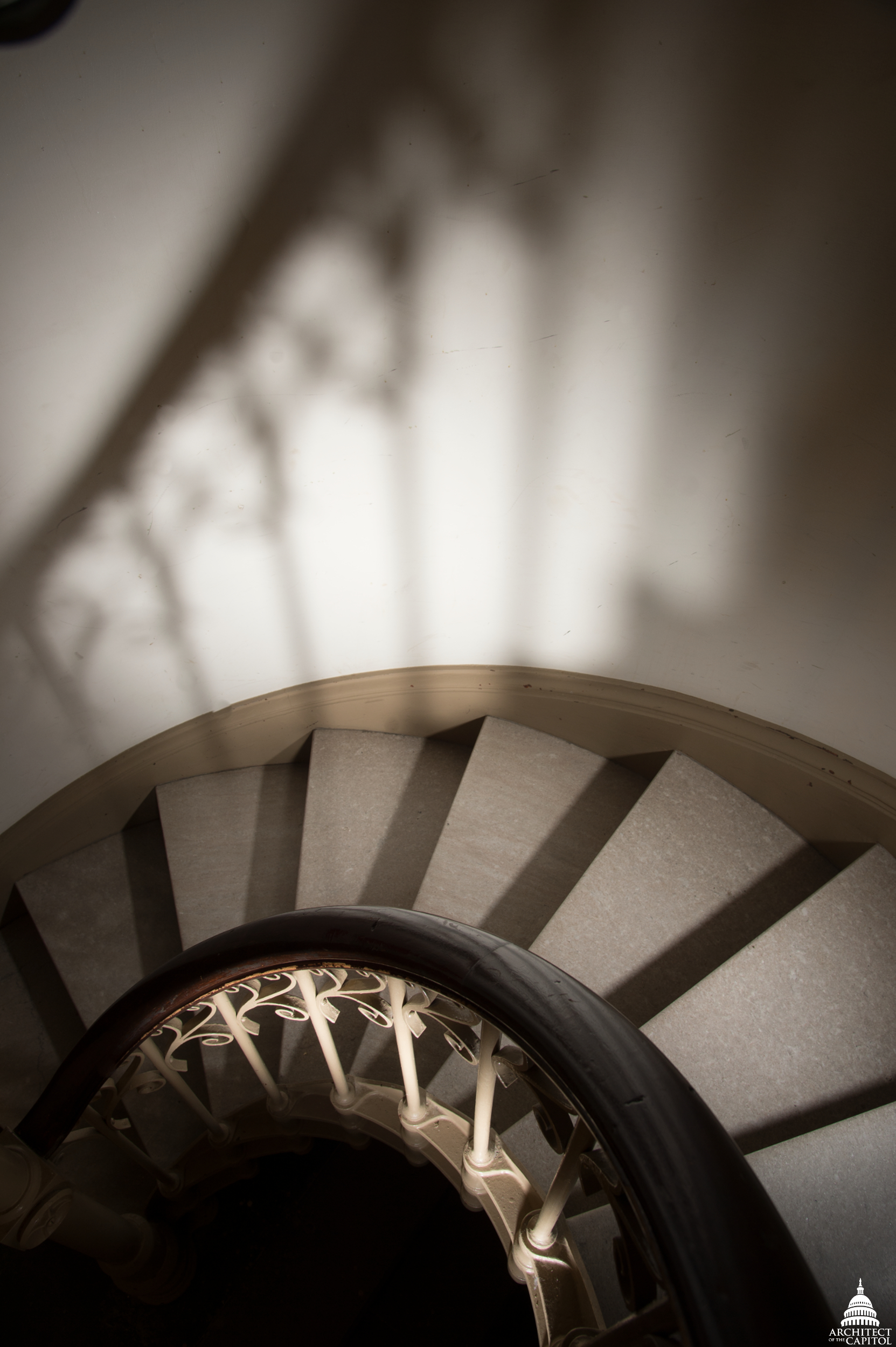

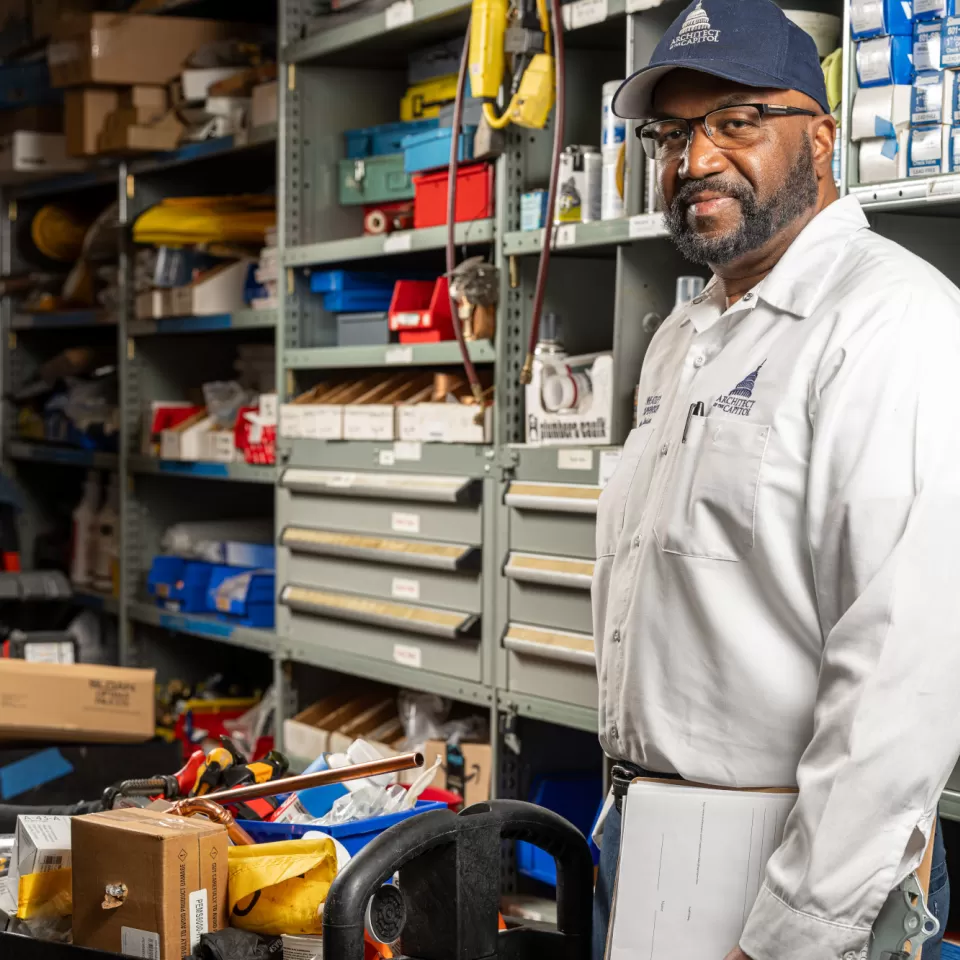
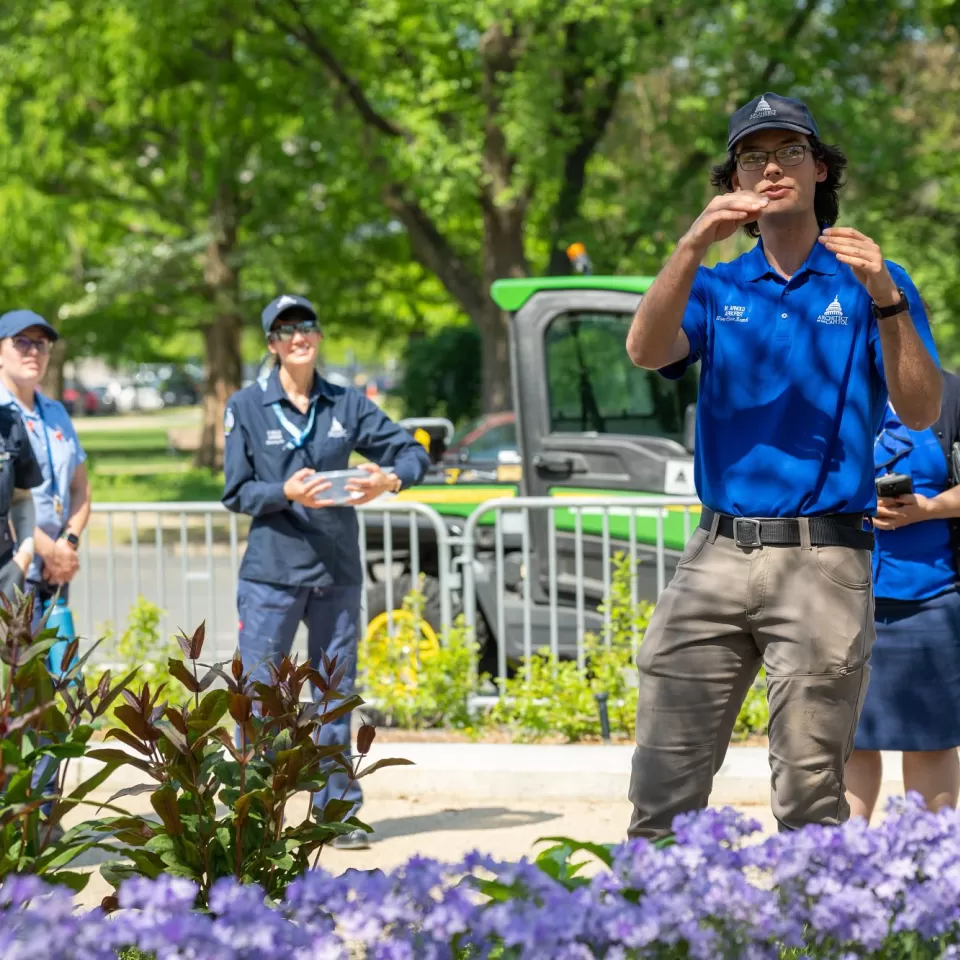
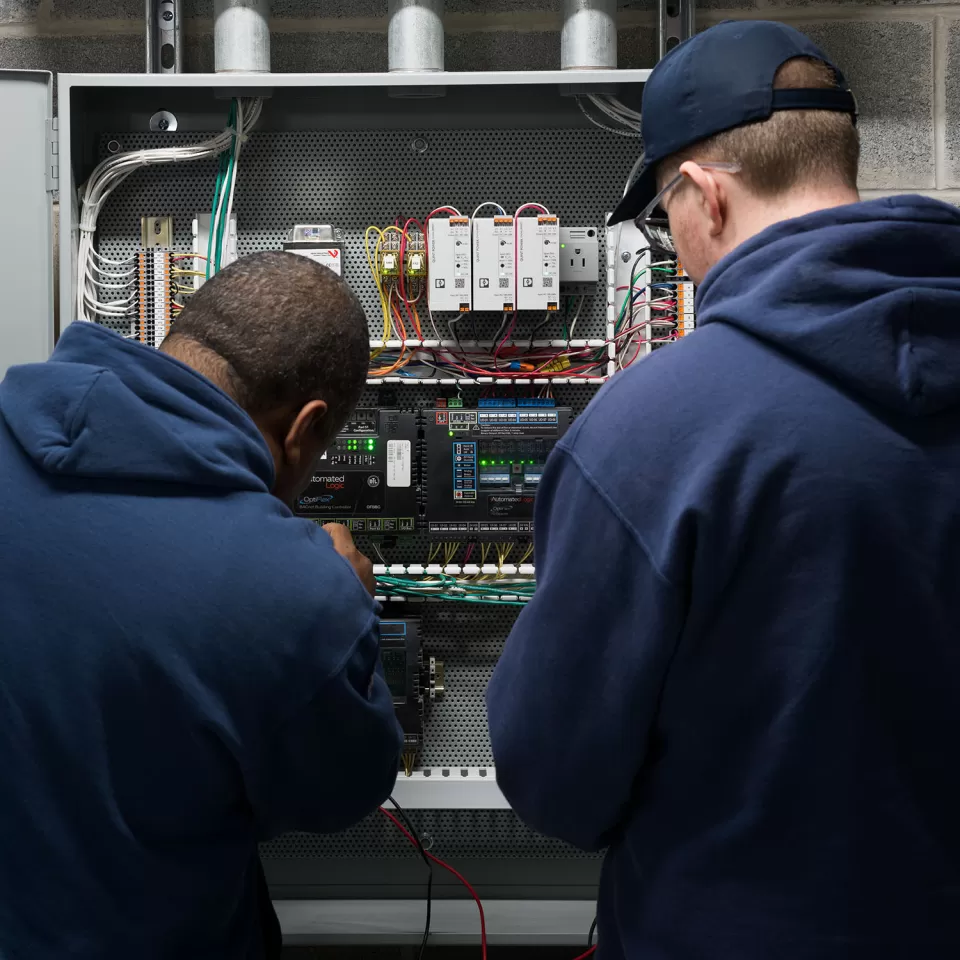
Comments
From a retired construction project manager, prior as Pipefitter, Plumber, I appreciate the talent needed to continue maintain the systems today. Times have changed the equipment and maybe the function but the experience from the field mechanic to keep everything running is a very difficult job. The 80 years in the HVAC industry has made me realize the importance of on-site and education has made our trade the #1 in construction.
I want to express my gratitude to this writer who writes very well and covers all the information on the topic
I like it when you said that proper maintenance might help you protect your system more. This is true!
Thank you so much for ‘The Library's HVAC Aces’! Your expertise and clear advice on HVAC systems have been incredibly valuable. The information provided is both comprehensive and easy to understand, making it much easier to address our heating and cooling needs. I genuinely appreciate the time and effort you put into sharing your knowledge. It’s been a tremendous help in improving our HVAC setup. Thanks again for all your support!
Thank you for highlighting the important work being done by the HVAC team at the Library of Congress! It's fascinating to learn about the diverse challenges they face in maintaining such historic buildings. Their dedication to upgrading equipment and ensuring a comfortable environment is truly commendable
Thank you for sharing all this valuable information!
Add new comment